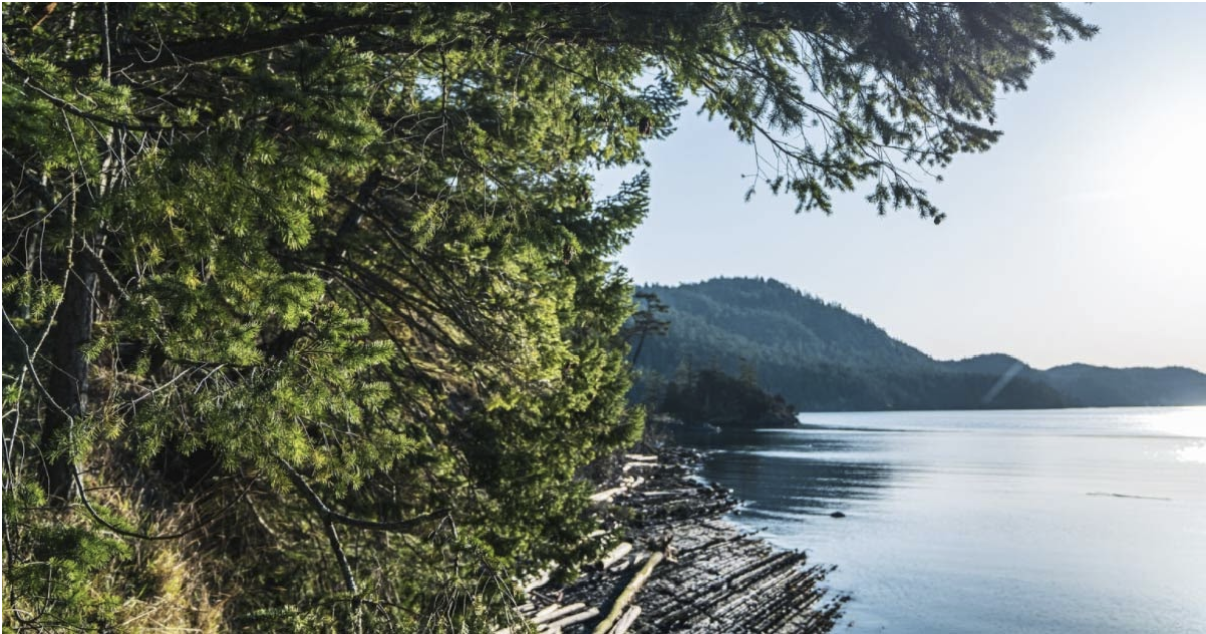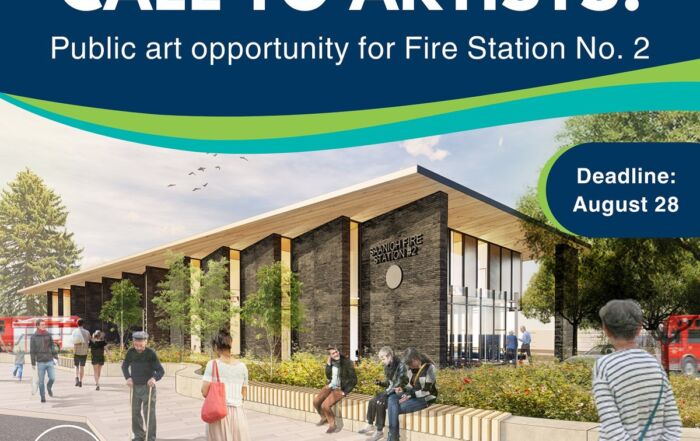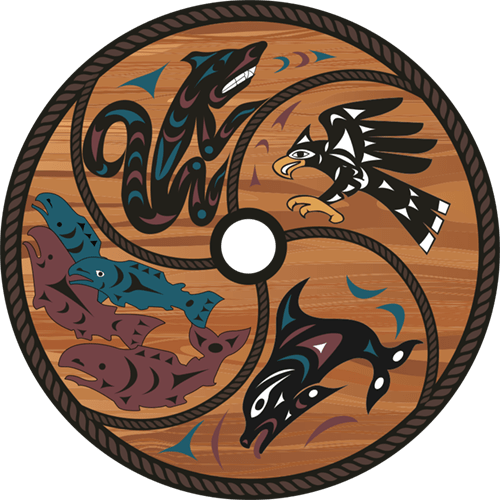According to the colonial capitalist system, forests do not have financial value unless they are cut down. This extractive perspective has resulted in devastating impacts to the forests and the oceans in W̱SÁNEĆ territory. In fact, nearly all Coastal Douglas-fir-associated plant communities are considered threatened or endangered due to extensive development.

Image courtesy of Raincoast.org
As the non-Indigenous world, at last, begins to understand the inherent value of the earth, more and more companies and political bodies are coming under pressure to show, at minimum, a neutral impact on the environment. And, with this pressure, a unique opportunity for the W̱SÁNEĆ Nation emerges.
For major industries like airlines, forestry companies and oil and gas firms, achieving carbon neutrality is only possible through the purchase of carbon credits which act to neutralize the pollution they create, offsetting their emissions and impact on the environment.
Carbon credits can be purchased from entities who participate in carbon sequestration, defined as the long-term removal, capture or sequestration of carbon dioxide from the atmosphere to slow or reverse atmospheric CO2 pollution and to mitigate or reverse global warming. This sequestration can be achieved by the restoration or maintenance of natural areas such as tree and kelp forests that store a lot of carbon.
This is where Western conservation science, Indigenous worldviews and capitalism converge to present a unique opportunity for the WLC to generate revenue from the ongoing caretaking role that W̱SÁNEĆ people have with the environment.
Carbon sequestration projects have been implemented as a method to restore economic power to indigenous groups robbed of their resources for decades; beginning with the 1991 Bio-Diversity Summit that identified Western science’s need to ally with Indigenous peoples. Out of that conference came the UN led REDD+ project which began to return power to indigineous groups in the tropical rainforests; essentially paying them to do what they were already doing.
Over the last 10 years, Carbon sequestration projects have found traction in the temperate rainforests of BC. A local example is the Cheakamus Community Forest, co-owned by the Lil’wat and Squamish First Nations and the Resort Municipality of Whistler (RMOW), who jointly signed a 25-year tenure with the provincial Ministry of Forests and Range. Together, these three equal partners oversee the management and operation of the 33,000 hectares of forest as the Cheakamus Community Forest Society, an independent not-for-profit organization.
Briony Penn, a founding member of The Land Conservancy of BC, and a renowned local naturalist, UVIC educator, writer and broadcaster, explains in an article for Focus Victoria:
“The project earns significant revenue from sales of carbon offsets, allowing the Community Forest to implement an Ecosystem-Based Management Plan, reduce harvest by 50 percent and double riparian buffers. It protects more old growth, wildlife management areas, and keeps more carbon on the ground. Their carbon revenue funds work to tackle the interrelated risks of fire, drought and flooding, stops clearcutting, and increases resilience in the forest and around the community.
The Cheakamus project, like many of the high-quality offset projects in BC, is developed to the provincial carbon offset standard built to supply the Province’s “Carbon Neutral Government” commitment. Implemented under the Campbell government and continued today, all schools, hospitals, universities and core government operations must be carbon neutral. Some funding was given in the early days to implement energy efficiency at these facilities, and they all track and report their emissions annually. Any emissions that are not reduced (currently around 700,000tCO2e/year) must be offset by BC offsets from projects like the Cheakamus project, the Great Bear Rainforest project and others.”
Beyond mandated carbon neutrality, another reason for the uptake in carbon offset programs in BC is more recent support from the Federal Government. In their 2020 Climate Action Plan, A Healthy Environment and a Healthy Economy support for carbon offset programs is demonstrated through a commitment to annually increasing carbon prices over the next 10 years from $20/a ton in 2019 to $170/tonne in 2030.
As such, the WLC is currently exploring the opportunities to produce, sequester and subsequently sell carbon credits, in partnership with organizations, individuals and communities that support ecological protection within the territory.
In March 2021, Transition Salt Spring, the Raincoast Conservation Foundation, Brinkman Earth Systems, the Islands Trust, carbon experts, and community members met = for a series of workshops to explore financing Indigenous-led stewardship of the Coastal Douglas-fir and marine forests.
Briony Penn, one of the workshop organizers shares:
“Carbon offsets are the first protection of nature that fits into our weird western concepts of capitalism. By doing this we are valuing nature, restoring water quality, pulling carbon out of the air, producing oxygen etc. Carbon then becomes a proxy for the other services the Earth provides, and the Indigenous ways of managing the land.”
Adds Penn, “There’s nothing else that regulates our planet. No machine can do what a tree or a kelp forest can do to regulate our planet. Finally, the Federal government is raising the price of carbon, to get closer to what it costs, it’s projected to get to $170 / a ton. Which is still unbelievably undervalued – it should be at least on par with bitcoin. Anybody who spends time outside can see nature works so hard for us. We undervalue it. Now there’s some political recognition. For the first time in history, there’s some money, there’s some recognition that what people have done for thousands of years has value. While it’s imperfect, it’s a transition tool.”
Joni Olsen, a Policy/Negotiations Analyst for the WLC shares.
“Carbon sequestration is a new economy that could be considered. If the forests aren’t being logged then the creeks are kept cool and the salmon can run. Without those forests the salmon will struggle. Healthy Salmon ensures healthy whales as the South Island Resident Killer Whales are Salmon eaters, not seal eaters.”
Stay on top of news from the WLC. Sign up for our newsletter or follow us on Social Media





